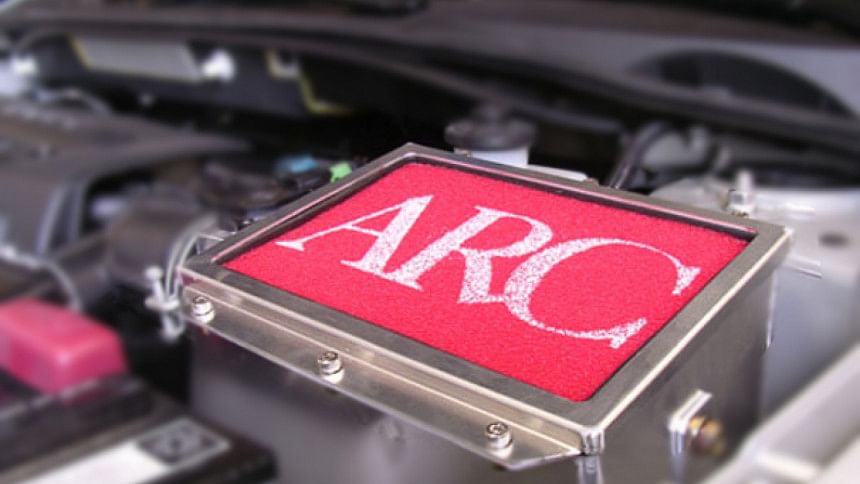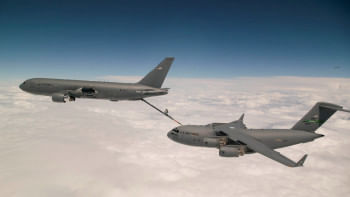Do induction kits give out loads of horsepower?

What it is- For the self proclaimed tuners, having an induction system is a must. Induction kits are usually large aftermarket air filters with meters of twisted pipes connecting them to the throttle. Occasionally, they also come as cylindrical enclosed tubes with built in filters in them. Induction boxes are located between the throttle body and the front mount air filter which act as air surge tanks for the throttle to gobble up to give more oomph.

What you think it does- There are either massive appreciations or complaints for aftermarket induction kits. It is often claimed that they make surreal amount of power because of the apparent cold air feed. But in reality, when the stock air filtering is relocated to a new position, the plumbing is often man-handled to a wrong location via funky angles. The resulting air-flow geometry is not at optimum, causing a terrible loss of air in the air fuel ratio. So, merely installing a workshop made aluminum/ steel/ plastic box between the throttle and the filter will not gain u loads of horsepower. Nor will installing few feet of flexi ducts if they are twisted several times. That will only lag air flow to the throttle- which you would most definitely not want.
Win or fail? In some cases though, induction boxes are positioned well with the right air channeling geometry. This maximizes the storage of cold air for the throttle to suck in adequate cold air with the slightest touch of the right foot, giving the car an instant boost of torque. Furthermore, don't just rely on the escalating dyno graphs after installing an induction kit. Performance of the vehicle may vary on the streets due to other reasons such as external air humidity and temperature. Hence this is as proper an exaggeration as an induction kit would add 50HP to a 100 HP 1NZ-FE Rolla! Win if you do it right. Outright fail if you are a noob about it.

 For all latest news, follow The Daily Star's Google News channel.
For all latest news, follow The Daily Star's Google News channel. 



Comments